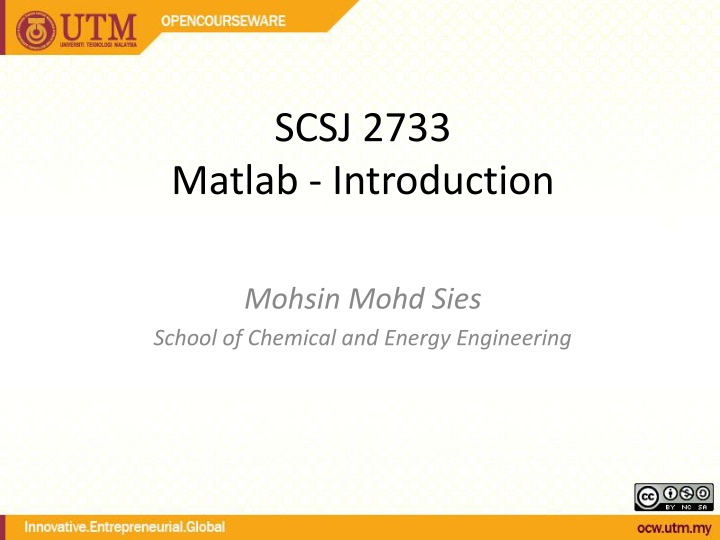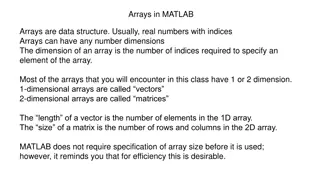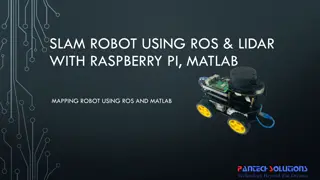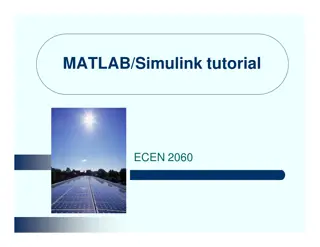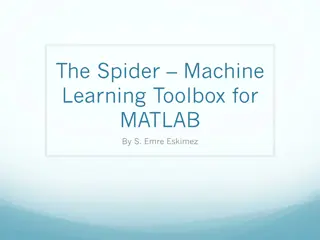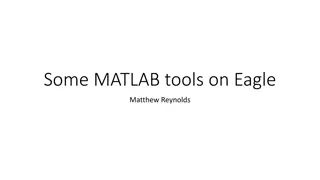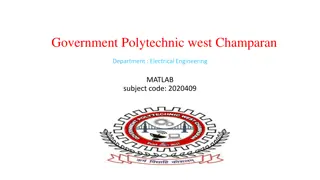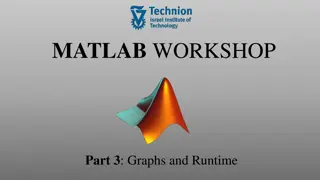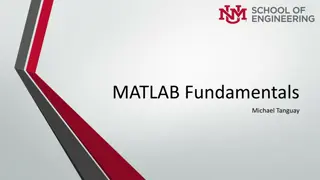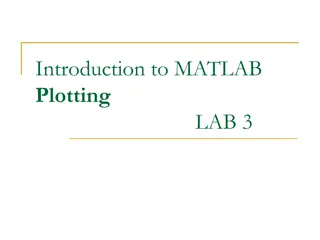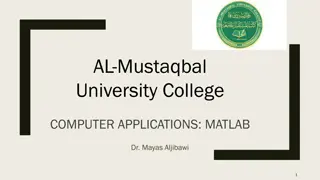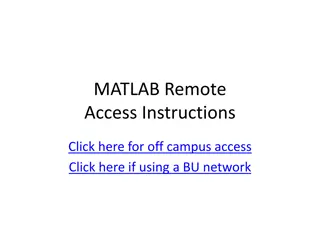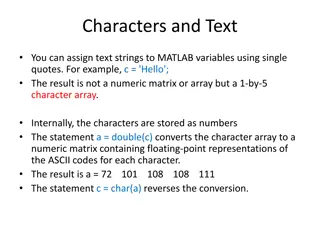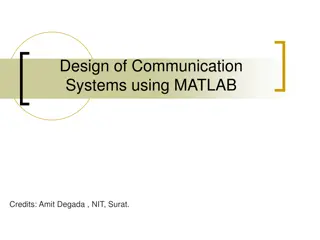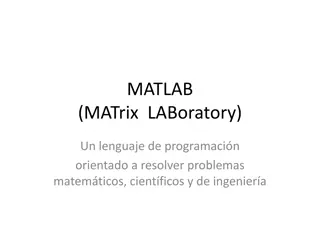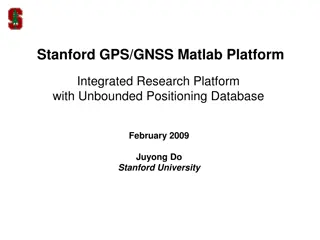Introduction to MATLAB Programming
Dive into the world of MATLAB, a powerful programming language utilized in various fields such as engineering and data analysis. Learn about its origins, advantages, environment, editors, script files, and navigation commands to enhance your programming skills.
Download Presentation

Please find below an Image/Link to download the presentation.
The content on the website is provided AS IS for your information and personal use only. It may not be sold, licensed, or shared on other websites without obtaining consent from the author.If you encounter any issues during the download, it is possible that the publisher has removed the file from their server.
You are allowed to download the files provided on this website for personal or commercial use, subject to the condition that they are used lawfully. All files are the property of their respective owners.
The content on the website is provided AS IS for your information and personal use only. It may not be sold, licensed, or shared on other websites without obtaining consent from the author.
E N D
Presentation Transcript
SCSJ 2733 Matlab - Introduction Mohsin Mohd Sies School of Chemical and Energy Engineering
Matlab Matlab MATrix LABoratory First written in FORTRAN (!) We will use GNU Octave (Free Matlab clone) in this course instead *Simple demo*
Matlab Advantages Interpreted language (Fortran is compiled) Easier (Quicker results) But slower for huge calculations Matrix is central to the language Matrix operations built-in (convenient) Plotting is built in Quick graphical view of results Huge number of built-in functions Specialized fields available as additional toolkits
The Matlab Editor (undocked) We will use Notepad++ instead
Matlab Script File (.m file) For long programs, use script file instead of typing directly in the command window This is your Matlab code (.m files) In Fortran, your code is in .f files You can correct your code easily in an editor and rerun Also serves as a record of your command history
Navigation, File commands DOS/Unix conventions for directory navigation Tab completion to speed up keystrokes Command history via Up/Down Arrow keys to speed up keystrokes Learn and continually use it to make it second nature
